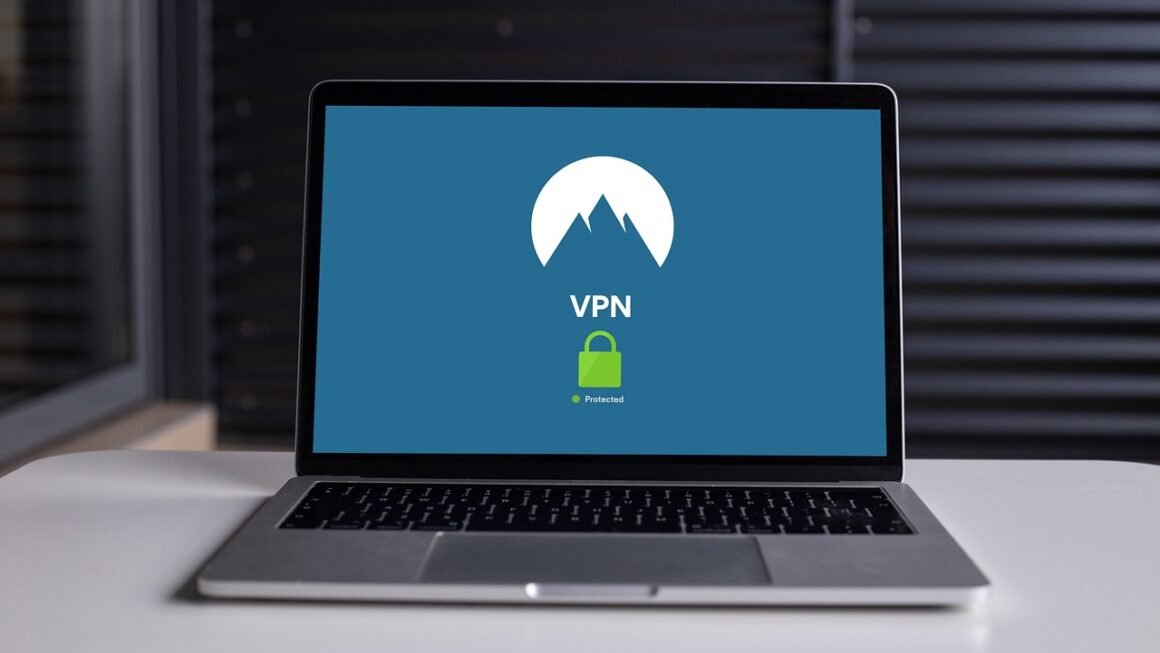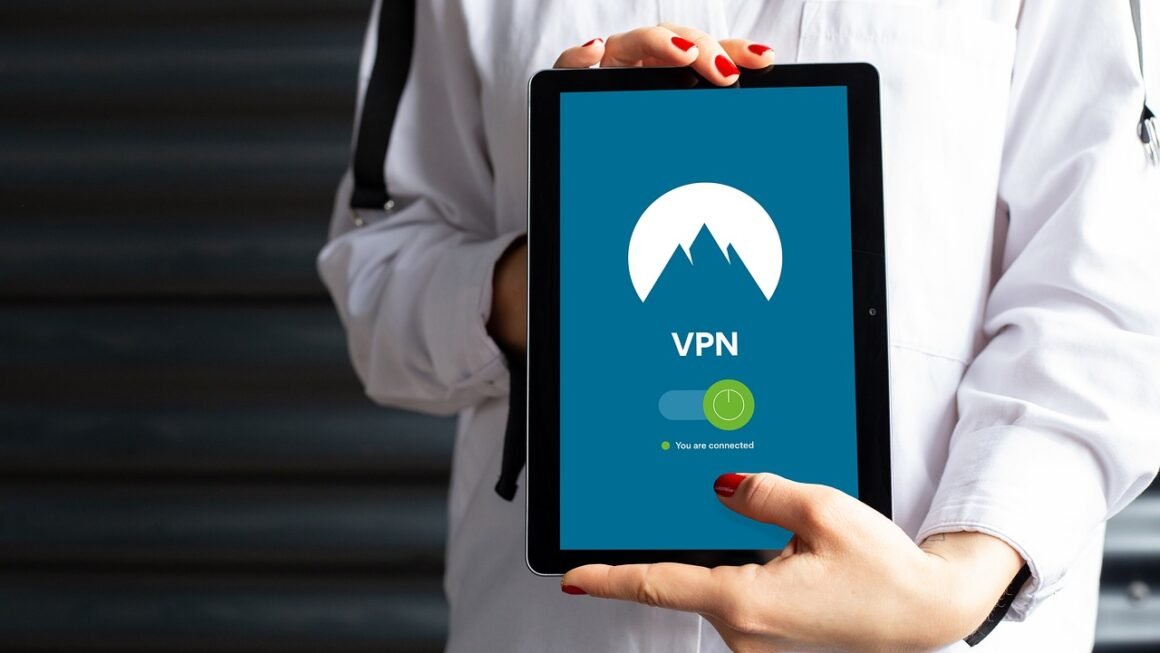In today’s complex digital landscape, businesses face an ever-increasing barrage of cyber threats. Protecting sensitive data and maintaining operational integrity demands a robust security posture. Security Information and Event Management (SIEM) systems have emerged as a cornerstone of modern cybersecurity, offering centralized visibility and proactive threat detection capabilities. This blog post delves into the intricacies of SIEM, exploring its core components, benefits, implementation strategies, and future trends, providing you with a comprehensive understanding of this critical security technology.
What is SIEM?
SIEM stands for Security Information and Event Management. It’s a security solution that aggregates and analyzes log data from various sources across an organization’s IT infrastructure. This includes servers, applications, network devices, and security appliances. By correlating events and identifying anomalies, SIEM helps security teams detect and respond to threats in real-time.
The Core Components of a SIEM System
A SIEM system typically comprises two primary components: Security Information Management (SIM) and Security Event Management (SEM).
- SIM (Security Information Management): This component focuses on long-term log storage, analysis, and reporting. SIM helps organizations meet compliance requirements by providing historical data for audits and investigations.
- SEM (Security Event Management): This component concentrates on real-time monitoring, event correlation, and alerting. SEM enables security teams to quickly identify and respond to suspicious activity.
Beyond these core components, modern SIEM solutions often include features such as:
- Log Collection and Management: Gathering logs from diverse sources in various formats. Crucially, this often involves normalization and standardization of the log data to allow for effective correlation.
- Threat Intelligence Integration: Incorporating threat intelligence feeds to identify known malicious IPs, domains, and malware signatures. This helps in proactively identifying threats before they cause damage.
- User and Entity Behavior Analytics (UEBA): Profiling user and entity behavior to detect anomalies that may indicate insider threats or compromised accounts. For example, detecting a user logging in from an unusual location or accessing data they don’t normally access.
- Incident Response: Providing tools and workflows to automate incident response processes, such as isolating affected systems or triggering automated remediation actions.
Practical Example: Detecting a Brute-Force Attack
Imagine a scenario where multiple failed login attempts originate from the same IP address targeting a critical server. A SIEM system, configured with appropriate rules, can detect this pattern, identify it as a potential brute-force attack, and generate an alert for the security team. The alert would include information such as the source IP address, the targeted server, and the number of failed login attempts. The security team can then investigate and take appropriate action, such as blocking the IP address or enforcing multi-factor authentication.
Benefits of Implementing a SIEM System
Implementing a SIEM system offers numerous benefits for organizations looking to enhance their security posture and improve their ability to detect and respond to threats.
Enhanced Threat Detection and Response
- Real-time Monitoring: Provides continuous monitoring of the IT environment for suspicious activity.
- Improved Threat Identification: Correlates events from multiple sources to identify complex threats that might otherwise go unnoticed.
- Faster Incident Response: Enables quicker detection and response to security incidents, minimizing the impact on business operations. A study by Ponemon Institute found that organizations using SIEM solutions experienced a 27% reduction in incident response time.
Streamlined Compliance and Reporting
- Centralized Log Management: Simplifies log collection and management, making it easier to meet compliance requirements.
- Automated Reporting: Automates the generation of reports required by various regulatory frameworks, such as GDPR, HIPAA, and PCI DSS.
- Audit Trail: Provides a comprehensive audit trail of security events for compliance audits and investigations.
Improved Security Operations Efficiency
- Centralized Security Visibility: Provides a single pane of glass view of the security landscape, improving situational awareness.
- Automated Analysis: Automates the analysis of security data, freeing up security analysts to focus on more complex tasks.
- Reduced Alert Fatigue: Filters out false positives, reducing alert fatigue and allowing security teams to focus on genuine threats.
Example: Compliance with GDPR
Under GDPR, organizations are required to implement appropriate technical and organizational measures to protect personal data. A SIEM system can help organizations comply with GDPR by providing:
- Data Loss Prevention (DLP): Monitor and prevent the unauthorized transfer of personal data.
- Access Control: Enforce strict access controls to ensure that only authorized personnel can access personal data.
- Incident Response: Provide a framework for responding to data breaches in a timely and effective manner, as required by GDPR.
Implementing a SIEM System
Implementing a SIEM system can be a complex undertaking. Careful planning and execution are essential to ensure success.
Defining Scope and Requirements
- Identify Business Needs: Clearly define the business needs and security objectives that the SIEM system will address.
- Determine Data Sources: Identify the data sources that will be integrated into the SIEM system, including servers, applications, network devices, and security appliances.
- Define Use Cases: Develop specific use cases that the SIEM system will be used to detect and respond to threats. Examples include detecting malware infections, identifying insider threats, and detecting data exfiltration.
Selecting a SIEM Solution
- Evaluate Vendor Options: Research and evaluate different SIEM vendors based on factors such as features, pricing, scalability, and ease of use. Gartner’s Magic Quadrant for SIEM can be a useful resource for evaluating vendors.
- Consider Deployment Options: Choose a deployment option that best meets the organization’s needs, such as on-premises, cloud-based, or hybrid.
- Pilot Test: Conduct a pilot test with a small group of users to evaluate the SIEM system’s effectiveness and identify any issues before full deployment.
Configuration and Tuning
- Configure Data Sources: Configure the data sources to send logs to the SIEM system.
- Create Correlation Rules: Develop correlation rules to detect specific threats and anomalies. This often requires a deep understanding of attack patterns and network protocols.
- Fine-Tune Rules: Fine-tune the correlation rules to minimize false positives and ensure that alerts are accurate and relevant. This is an ongoing process, as the threat landscape evolves.
Staff Training
- Provide comprehensive training to security personnel: This should cover the SIEM system’s features, functionality, and how to use it to detect and respond to threats.
- Develop standard operating procedures (SOPs): These should outline the steps to be taken in response to different types of security incidents.
- Regularly update training materials: This ensures that security personnel are up-to-date on the latest threats and best practices.
SIEM Best Practices
To maximize the effectiveness of a SIEM system, organizations should adhere to the following best practices:
Continuous Monitoring and Tuning
- Regularly review and update correlation rules: This will ensure they remain effective in detecting new and emerging threats.
- Monitor the SIEM system’s performance: This includes ensuring it’s collecting logs from all relevant sources and that alerts are being generated in a timely manner.
- Regularly review and update the SIEM system’s configuration: This ensures it aligns with the organization’s evolving security needs.
Threat Intelligence Integration
- Integrate threat intelligence feeds: This will enable the SIEM system to identify known malicious IPs, domains, and malware signatures.
- Use threat intelligence to prioritize alerts: Focus on investigating alerts that are associated with known threats.
- Share threat intelligence with other security tools: This includes firewalls, intrusion detection systems, and endpoint protection platforms.
Incident Response Planning
- Develop a comprehensive incident response plan: This outlines the steps to be taken in response to different types of security incidents.
- Regularly test the incident response plan: This ensures that it’s effective and that security personnel are familiar with their roles and responsibilities.
- Use the SIEM system to support incident response: This includes using the SIEM system to investigate incidents, identify affected systems, and track remediation efforts.
Example: Regularly Reviewing Correlation Rules
A company using a SIEM to detect phishing attempts might initially configure a rule to trigger an alert based on emails containing links to newly registered domains. However, attackers constantly evolve their tactics. They might start using compromised legitimate websites. The security team needs to periodically review and update the correlation rules. This could involve adding new criteria such as analyzing the sender’s reputation, checking for unusual subject lines, and analyzing the content of the email for suspicious language.
The Future of SIEM
The SIEM landscape is constantly evolving, driven by factors such as the increasing sophistication of cyber threats, the growth of cloud computing, and the emergence of new technologies.
Cloud-Native SIEM
- Scalability and Flexibility: Cloud-native SIEM solutions offer greater scalability and flexibility compared to traditional on-premises solutions.
- Cost-Effectiveness: Cloud-native SIEM solutions can be more cost-effective, as organizations only pay for the resources they use.
- Ease of Management: Cloud-native SIEM solutions are typically easier to manage, as the vendor handles the underlying infrastructure.
Artificial Intelligence (AI) and Machine Learning (ML)
- Automated Threat Detection: AI and ML can automate the detection of complex threats that are difficult to identify using traditional rule-based approaches.
- Improved Accuracy: AI and ML can improve the accuracy of threat detection by reducing false positives.
- Enhanced Threat Intelligence: AI and ML can be used to analyze vast amounts of data to identify new and emerging threats.
Security Orchestration, Automation, and Response (SOAR) Integration
- Automated Incident Response: SOAR integration enables automated incident response, reducing the time it takes to contain and remediate security incidents.
- Improved Efficiency: SOAR integration improves the efficiency of security operations by automating repetitive tasks.
- Enhanced Collaboration: SOAR integration enhances collaboration between security teams by providing a centralized platform for managing incidents.
Conclusion
SIEM systems are an indispensable component of a robust cybersecurity strategy. By aggregating and analyzing security data from diverse sources, SIEM enables organizations to detect and respond to threats in real-time, streamline compliance efforts, and improve security operations efficiency. As the threat landscape continues to evolve, organizations must embrace innovative SIEM solutions, leveraging cloud-native architectures, AI/ML capabilities, and SOAR integration to stay ahead of the curve and protect their critical assets. A proactive approach to SIEM implementation and management is critical for mitigating risk and maintaining a strong security posture in today’s dynamic digital environment.



